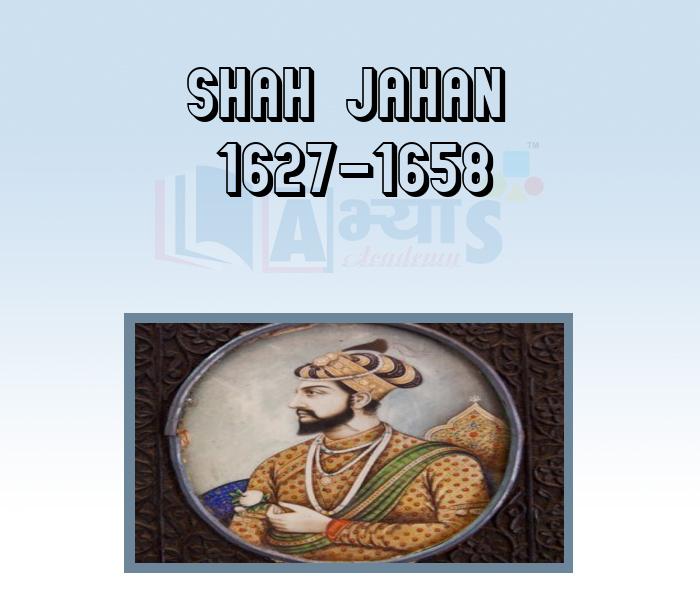Shah Jahan 1627-1658












Shah Jahan 1627-1658
Shah Jahan 1627-1658: Shah Jahan led successful military campaigns against Mewar, Kangra and the Deccan kingdoms. He sent his son Aurangzeb to subdue the ruler of Bundelkhand at Orcha. Shah Jahan then went to Bengal to put down the growing power of the Portuguese. The Portuguese were carrying out illegal trading activities and were believed to be forcibly converting people to Christianity. More than 10,000 Portuguese were killed and many imprisoned. There was an outbreak of famine and plague in the Deccan, Gujarat and Khandesh. Shah Jahan made extensive arrangements to help reduce the sufferings of the people.
Mughal campaigns continued in the Deccan under shah Jahan. The afghan noble khan Jahan Lodi rebelled and was defeated. Campaigns were launched against Ahmadnagar. The bundles were defeated and Orchha seized. In 1632 Ahmadnagar was finally annexed and the Bijapur forces sued for peace. In 1657-1658, there was conflict over succession amongst Shah Jahan’S sons. Including Dara Shukoh, were killed. Shah Jahan was imprisoned for the rest of his life in Agra.
The Administration of Shah Jahan: Shah Jahan restored the ‘Mansabdari’ system started by Akbar, which had fallen into disuse in Jahangir’s time. He managed to cut the rates of pay of the mansabdars and insisted on a definite number of troops from them.
The End of Shah Jahan’S Rule: In 1657 CE, Shah Jahan fell seriously ill. His four sons, Dara Shikoh, Shuja, Murad and Aurangzeb, battled for the right to succeed their father. Aurangzeb emerged the winner. The Agra Fort with all its treasures was surrended to Aurangzeb, who made his father a prisoner for life. Shah Jahan died at the age of 74 in 1666 CE.s
Students / Parents Reviews [10]
Being a parent, I saw my daughter improvement in her studies by seeing a good result in all day to day compititive exam TMO, NSO, IEO etc and as well as studies. I have got a fruitful result from my daughter.

Prisha Gupta
8thIt was good as the experience because as we had come here we had been improved in a such envirnment created here.Extra is taught which is beneficial for future.

Eshan Arora
8thAbhyas Methodology is very good. It is based on according to student and each child manages accordingly to its properly. Methodology has improved the abilities of students to shine them in future.

Manish Kumar
10thAbout Abhyas metholodology the teachers are very nice and hardworking toward students.The Centre Head Mrs Anu Sethi is also a brilliant teacher.Abhyas has taught me how to overcome problems and has always taken my doubts and suppoeted me.

Shreya Shrivastava
8thMy experience with Abhyas is very good. I have learnt many things here like vedic maths and reasoning also. Teachers here first take our doubts and then there are assignments to verify our weak points.

Shivam Rana
7thMy experience was very good with Abhyas academy. I am studying here from 6th class and I am satisfied by its results in my life. I improved a lot here ahead of school syllabus.

Ayan Ghosh
8thMy experience with Abhyas academy is very good. I did not think that my every subject coming here will be so strong. The main thing is that the online tests had made me learn here more things.

Hiya Gupta
8thAbhyas is a complete education Institute. Here extreme care is taken by teacher with the help of regular exam. Extra classes also conducted by the institute, if the student is weak.

Om Umang
10thIt has a great methodology. Students here can get analysis to their test quickly.We can learn easily through PPTs and the testing methods are good. We know that where we have to practice

Barkha Arora
10thA marvelous experience with Abhyas. I am glad to share that my ward has achieved more than enough at the Ambala ABHYAS centre. Years have passed on and more and more he has gained. May the centre flourish and develop day by day by the grace of God.
